Software licensing is a critical part of any IT environment. But it can also be a major expense. However, many businesses are left scratching their heads when it comes to software licensing costs. With so many different licensing options available, it can be tough to know which one is best for your business and how […]
Category: license management software

What is Software License Management?
Do you know how many software licenses your business has? Do you know how many of those licenses are actually being used? If you don’t, you’re not alone. Many businesses struggle to keep track of their software licenses. However, this can be a problem with a number of avoidable consequences. It is, therefore, important for […]
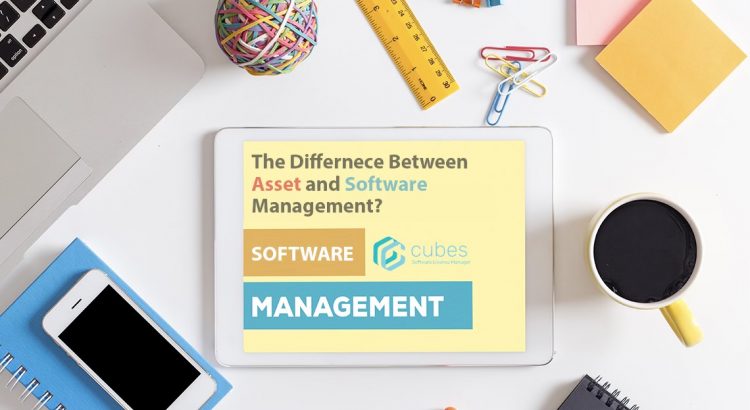
The Difference Between AMS (Asset Management Software) and SAM (Software Asset Management)?
Asset management software, is a tool designed to help businesses and organizations track and manage their physical and digital assets throughout their lifecycle. These assets can include tangible items such as computers, office equipment, machinery, vehicles, and furniture, as well as intangible assets like software licenses, patents, and warranties. The primary functions of Asset Management […]
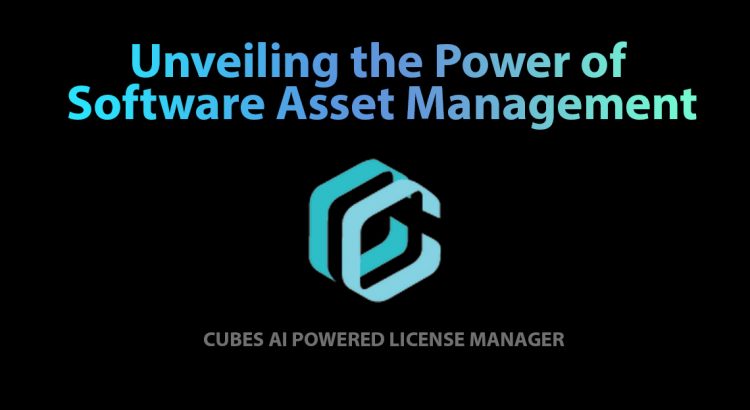
Unveiling the Power of Software Asset Management
In today’s fast-paced digital landscape, businesses heavily rely on software solutions to drive their operations. However, managing a multitude of software assets can quickly become overwhelming, leading to inefficiencies, financial risks, and compliance challenges. That’s where Software Asset Management (SAM) comes into play. In this blog post, we will explore the concept of Software Asset […]
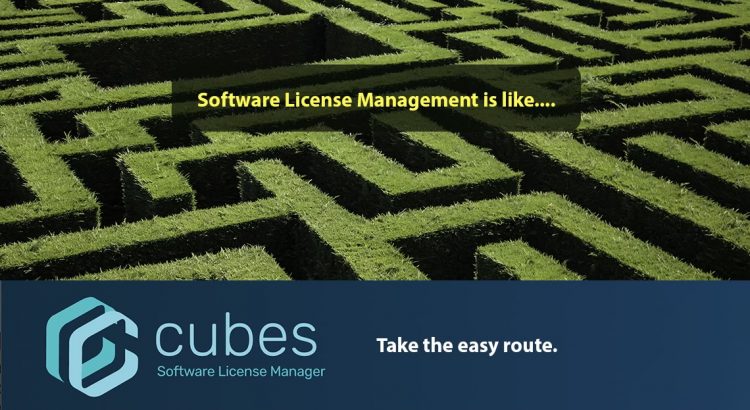
Make Software License Management Easy
In today’s technology-driven world, managing software licenses has become a critical aspect of business operations. As organizations grow and adopt various software applications, the task of tracking licenses, ensuring compliance, and optimizing costs can quickly become complicated. Almost hair-pulling complicated! This is where software license management solutions come into play. In this article, we will […]
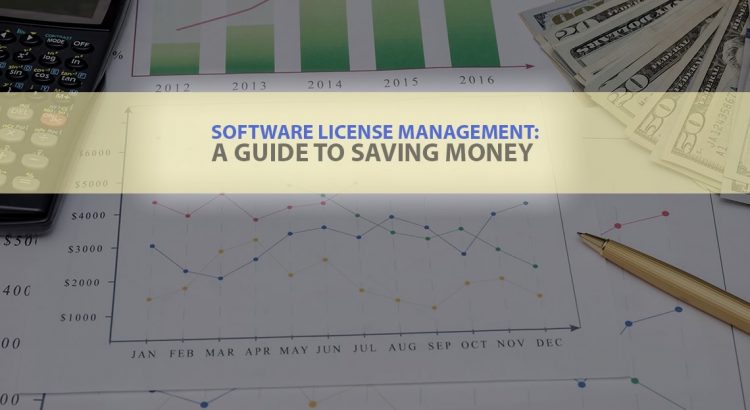
Software License Management: A Guide to Saving Money
Software License Management helps to identify cost-saving opportunities and avoid unnecessary expenses.
Stay on Top of All Your Subscription Payments with a Software License Manager
A software license manager helps you manage your subscription payments and stay on top of all your licenses. Learn more about this tool and its benefits. As businesses and individuals increasingly rely on software for their daily operations, managing software licenses and subscription payments can become a tedious and time-consuming task. Failure to manage licenses […]
Cut Business Expenses with a Software License Manager
Discover how a software license manager can help your business save money and optimize your software usage. Learn more about its benefits here. What is a Software License Manager? A software license manager is a tool that helps businesses track and manage their software licenses. It provides an efficient way of managing licenses and helps businesses stay […]
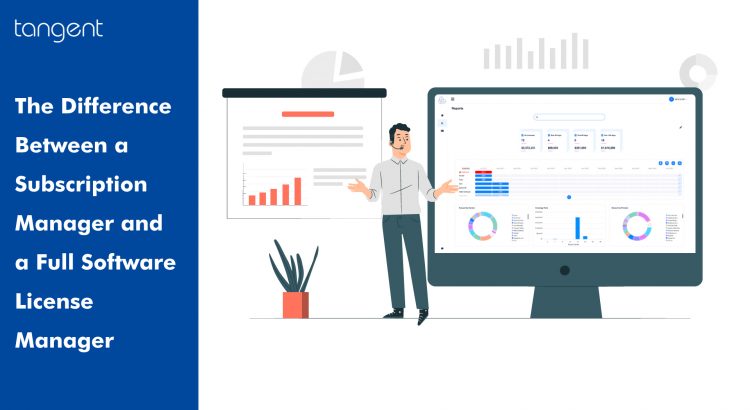
The Difference between a Subscription Manager and a Full Software License Manager
Do you know what truly sets a software license manager apart from a subscription manager?” A software license manager and a subscription manager may seem like similar entities, but in reality, they serve distinct purposes. A quote from Michael Feiner, a renowned management expert, puts it perfectly: “Good managers know how to delegate; great managers […]

Benefits of Software License Management Across Different Departments
Managing software licenses has always been a challenge, and in today’s technologically advanced world, it has become increasingly difficult. However, saving money by avoiding duplicate software licenses, over-licensing, and over- or under-spending should be at the top of every organization’s list.
